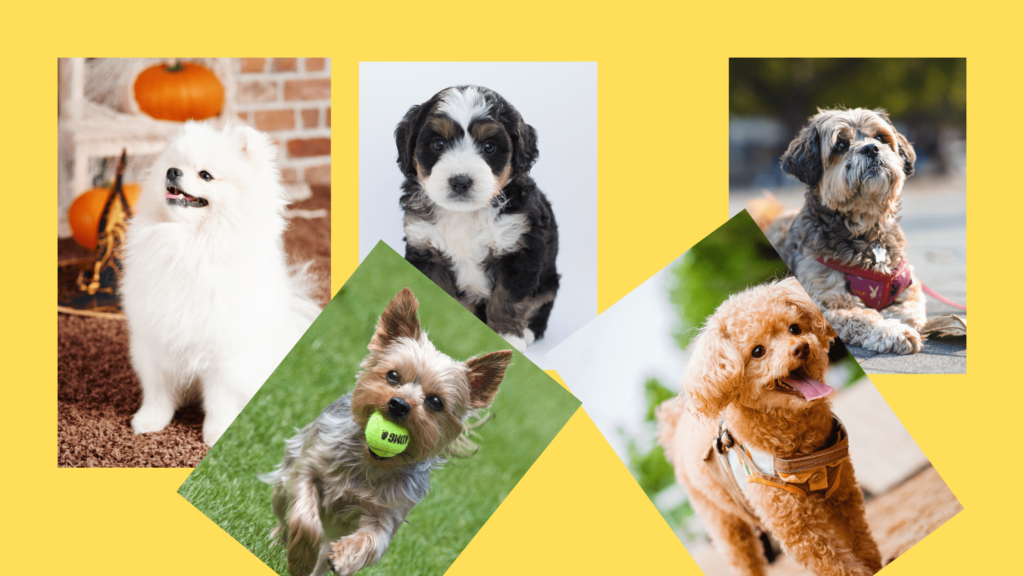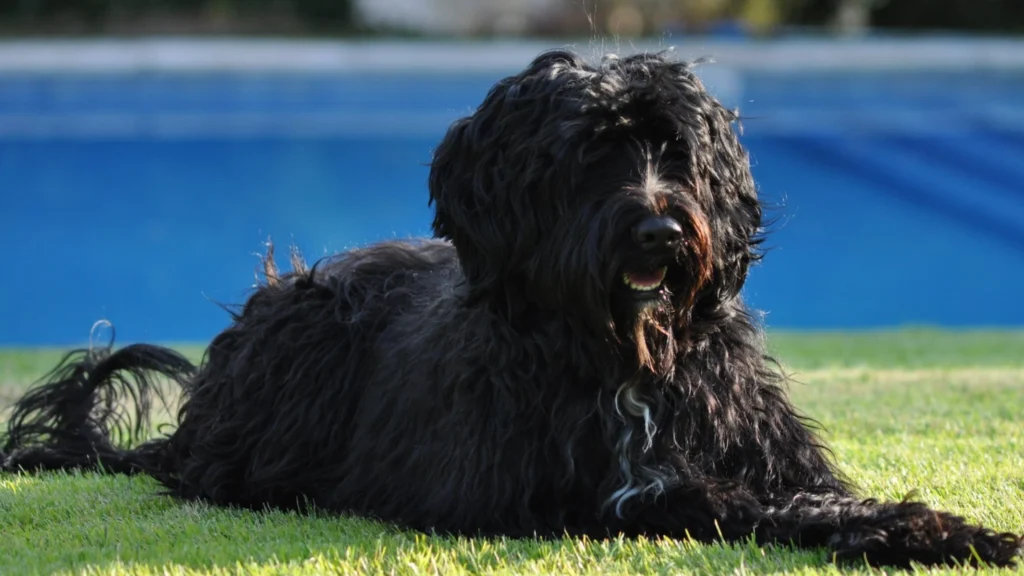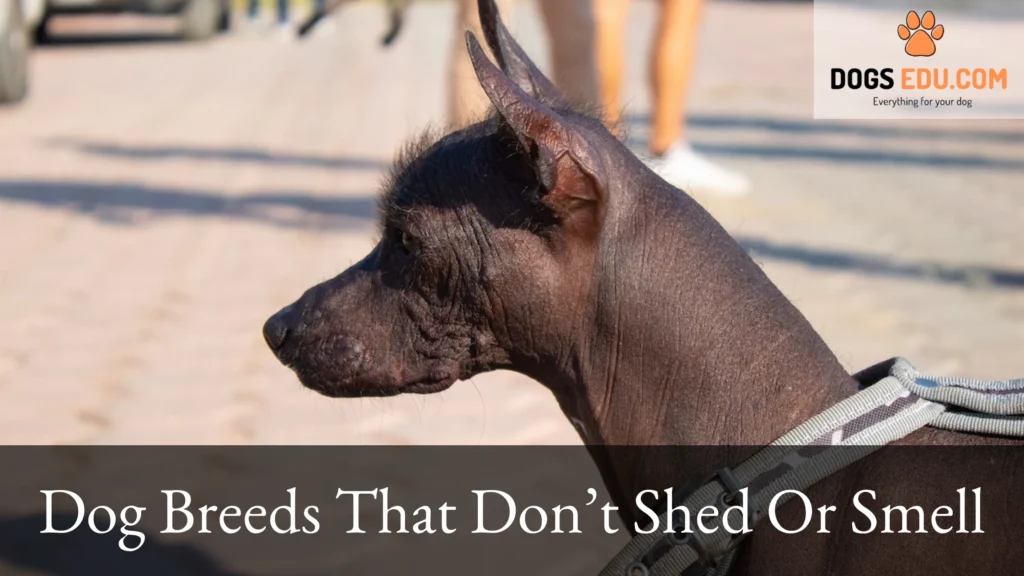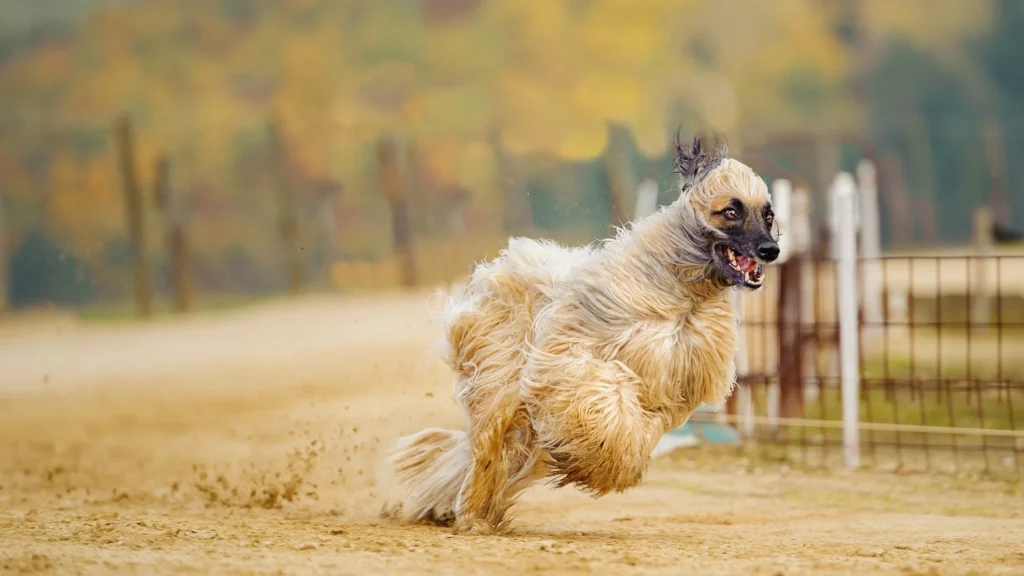
Introduction
Finding the perfect canine companion is a joyous endeavor, but for individuals with allergies, it can be a challenge. The culprit behind those sneezing fits and itchy eyes often lies in dog hair shedding. However, fear not, as there is a solution! Small dog breeds that don’t shed offer a wonderful option for allergy sufferers who still long for the love and companionship of a furry friend.
In addition to being hypoallergenic, small dog breeds have other advantages. They are well-suited for those living in apartments or homes with limited space, and their compact size makes them easily portable. But what exactly does “low-shedding” mean? And which small dog breeds fall into this category? In this article, we will delve into the world of small dog breeds that don’t shed, exploring their unique qualities and highlighting some popular options. So, if you or someone you know is on the hunt for an allergy-friendly and space-efficient furry companion, read on to discover the wonderful world of low-shedding small dog breeds.
Understanding Shedding in Dogs
Shedding is a natural process that occurs in dogs as they renew their coat. It involves the shedding of old or damaged hair to make way for new growth. However, the extent of shedding can vary greatly among different dog breeds. Some breeds shed minimally, while others shed more profusely.
The amount of shedding in dogs is influenced by several factors, including genetics, climate, and overall health. Dogs with a double coat, consisting of a dense undercoat and a longer outer coat, tend to shed more to regulate their body temperature throughout the seasons. Breeds with a single coat or hair-like fur, on the other hand, often shed less.
It’s important to note that shedding is a natural process and cannot be entirely eliminated. However, low-shedding dog breeds are those that shed very little, resulting in less hair around the house and potentially fewer allergens for sensitive individuals.
For allergy sufferers, shedding can be a significant concern. When dogs shed, they release allergenic proteins called allergens into the environment. These allergens can trigger allergic reactions in susceptible individuals, leading to symptoms such as sneezing, itching, and respiratory issues. Therefore, opting for a low-shedding dog breed can be a game-changer for allergy sufferers, allowing them to enjoy the companionship of a dog without the constant battle against allergens.
In addition to reducing allergens, minimal shedding also contributes to a cleaner home environment. With less hair to vacuum or sweep up, maintaining a tidy living space becomes easier and more manageable.
In the next section, we will explore some small dog breeds that are known for their low-shedding qualities, making them ideal choices for individuals seeking a furry companion while minimizing allergy-related issues and keeping their homes as hair-free as possible.
Exploring Small Dog Breeds That Don’t Shed
When it comes to small dog breeds that don’t shed, there are several delightful options to consider. These breeds combine their compact size with minimal shedding, making them perfect companions for individuals with allergies or those who prefer a cleaner living environment. Let’s take a closer look at some popular small dog breeds renowned for their low-shedding qualities:
Bichon Frise
With their fluffy white coats, Bichon Frises are known for being virtually hypoallergenic. Their hair-like fur grows continuously, similar to human hair, which means they shed minimally. Regular grooming is necessary to keep their coat healthy and free from tangles.
Maltese
Maltese dogs have a beautiful, silky white coat that is both glamorous and hypoallergenic. They shed very little, making them an excellent choice for allergy sufferers. However, their long, flowing hair requires regular brushing and grooming to prevent matting.
Shih Tzu
Shih Tzus have a luxurious double coat that consists of a soft undercoat and a longer, flowing topcoat. While they do shed, their hair is less likely to trigger allergies since it tends to stay in their coat rather than becoming airborne. Regular brushing and professional grooming are essential to maintain their coat’s health and prevent tangling.
Yorkshire Terrier
Affectionately known as Yorkies, these small and spirited dogs have a fine, silky coat that sheds minimally. Their hypoallergenic qualities make them a popular choice for allergy sufferers. Regular brushing and occasional trims are necessary to keep their coat in top condition.
Poodle:
Poodles come in various sizes, including the small and adorable Toy and Miniature Poodle varieties. Poodles have a curly, dense coat that sheds minimally, making them an excellent choice for allergy sufferers. However, their distinctive coat requires regular professional grooming to prevent matting.
These are just a few examples of small dog breeds that don’t shed much, but there are other breeds worth exploring as well, such as the Havanese, Miniature Schnauzer, and Chinese Crested. When considering a specific breed, it’s important to note that individual dogs within a breed can still vary in their shedding tendencies. Therefore, it’s advisable to spend time with the dog and assess personal compatibility before making a final decision.
In the next section, we will discuss important factors to consider when choosing a low-shedding small dog, ensuring that your new furry friend is a perfect match for your lifestyle and allergy sensitivities.
Factors to Consider When Choosing a Small Low-Shedding Dog
When selecting a small low-shedding dog, there are several important factors to consider. These factors will help ensure that the chosen breed aligns with your lifestyle, allergy sensitivities, and grooming preferences. Let’s explore these factors in detail:
A. Lifestyle Compatibility:
- Energy Levels: Consider the energy levels of the dog breed you’re interested in. Some small breeds are more energetic and require regular exercise and mental stimulation, while others are more laid-back. Choose a breed that matches your activity level and can comfortably fit into your daily routine.
- Exercise Requirements: Determine the exercise needs of the breed. Some dogs require more physical activity, such as long walks or playtime in a fenced yard, while others may be content with shorter walks or indoor play sessions. Make sure you can provide the necessary exercise to keep your furry friend happy and healthy.
B. Allergy Sensitivity:
- Hypoallergenic Qualities: While no dog breed is completely hypoallergenic, some breeds are known to produce fewer allergens. Consider breeds that are commonly recommended for allergy sufferers, such as those mentioned earlier. However, it’s crucial to spend time with the specific dog you’re interested in to gauge your personal reaction to their dander and saliva.
C. Grooming Needs:
- Coat Maintenance: Evaluate your willingness and ability to commit to regular grooming. Low-shedding breeds often require more frequent grooming to prevent matting and maintain a healthy coat. Consider the time and effort required for brushing, bathing, and potential professional grooming.
- Professional Grooming: Some low-shedding breeds may benefit from regular visits to a professional groomer for haircuts and coat maintenance. Take into account the associated costs and availability of professional grooming services in your area.
By considering these factors, you can choose a small low-shedding dog breed that not only fits seamlessly into your lifestyle but also aligns with your allergy sensitivities and grooming preferences. It’s important to remember that every dog, regardless of breed, requires love, attention, and proper care to thrive and become a cherished member of your family.
In the next section, we will provide some helpful tips for living with a low-shedding small dog, ensuring a harmonious and enjoyable companionship.
Tips for Living with a Low-Shedding Small Dog
Living with a low-shedding small dog can be a delightful experience. These furry companions bring joy, love, and minimal hair cleanup to your home. Here are some helpful tips to ensure a harmonious and enjoyable life with your low-shedding small dog:
A. Creating a Safe and Comfortable Living Environment:
- Provide a Cozy Bed: Allocate a comfortable bed or cozy space specifically for your dog. This will give them a designated spot to relax and retreat to when needed.
- Secure the Environment: Ensure that your living space is safe for your small dog. Remove any hazardous items, secure electrical cords, and consider using baby gates or pet barriers to limit access to certain areas.
B. Grooming and Coat Maintenance:
- Regular Brushing: Brush your dog’s coat regularly to prevent matting and remove loose hair. This not only keeps their coat healthy but also reduces the amount of hair around your home.
- Bathing: Follow a regular bathing schedule suitable for your dog’s breed and coat type. Use a gentle, hypoallergenic dog shampoo to keep their skin and coat clean.
- Professional Grooming: If your low-shedding dog requires professional grooming, schedule regular appointments with a reputable groomer. They will help maintain the coat’s health, trim excess hair, and keep your dog looking their best.
C. Managing Allergies and Minimizing Allergens:
- Regular Cleaning: Vacuum and dust your home frequently to minimize allergens in the environment. Pay attention to areas where your dog spends the most time, such as their bed or favorite resting spots.
- Air Purifiers: Consider using air purifiers with HEPA filters to help reduce airborne allergens.
- Personal Hygiene: Wash your hands after interacting with your dog, especially if you have allergies. Avoid touching your face immediately after petting your dog to minimize allergen transfer.
D. Training and Socialization:
- Basic Training: Enroll your dog in basic obedience training to ensure they understand essential commands and behave appropriately in various situations. This will contribute to a harmonious living environment.
- Socialization: Expose your dog to different people, animals, and environments to encourage socialization and help them become well-rounded and confident companions.
Remember, the bond you develop with your low-shedding small dog is built on love, care, and mutual understanding. Enjoy the companionship they bring and cherish the special moments you share together.
Conclusion
In conclusion, adopting a low-shedding small dog can be a wonderful choice for allergy sufferers and those who prefer minimal hair maintenance. By creating a safe environment, maintaining their coat, managing allergies, and providing proper training and socialization, you can ensure a fulfilling and joyful life with your furry friend.



